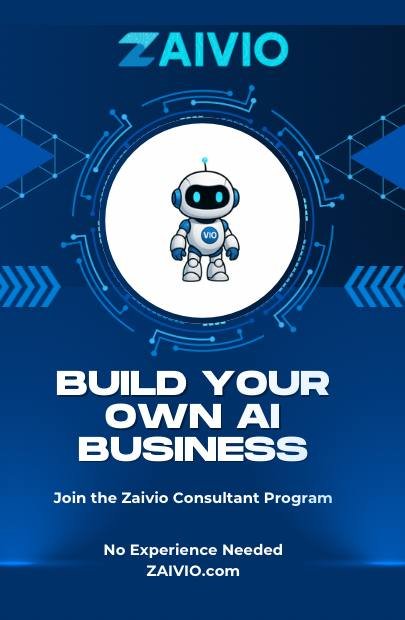Developing a Successful Game for the App Store: A Step-by-Step Guide
Entering the lucrative world of mobile gaming requires not just creative thinking but also a strategic approach. Below is a detailed guide on how to develop a game for the App Store, ensuring it is both engaging and marketable.
Step 1: Conceptualization and Planning
Every successful game begins with a solid idea. Start by identifying the genre and the core mechanics that will define your game’s gameplay. Whether it’s a puzzle, adventure, strategy, or another style, make sure it has a unique selling point that distinguishes it from existing games.
Step 2: Market Research
Understanding the market is crucial. Analyze top-performing games in the App Store to discern what makes them successful. Look for gaps in the market or aspects that can be improved. This insight will help you refine your game concept.
Step 3: Design and Prototyping
Create initial designs and develop a prototype. This early version of your game doesn’t have to be perfect; it’s more about testing and iterating your ideas. Use tools like Unity or Unreal Engine, which are powerful and widely used in the industry.
Step 4: Choose Your Development Tools
- Game Engine: Popular options include Unity and Unreal Engine. Both support iOS and offer extensive resources and community support.
- Graphics Software: Tools like Adobe Photoshop or Blender are crucial for creating visual elements.
- Sound Tools: High-quality audio can enhance the gaming experience, consider using tools like Audacity or FL Studio.
Step 5: Development
With your tools in hand, start the development process. This phase involves coding, creating assets, and continuously testing the game to fix bugs and refine gameplay. Agile methodologies like Scrum can be very effective in game development to adapt quickly to any required changes.
Step 6: Testing and Feedback
Testing is crucial. Begin with closed alpha and beta testing phases, inviting small user groups to provide feedback. Adjust gameplay based on the feedback to improve the overall user experience.
Step 7: App Store Optimization (ASO)
Before launching your game, optimize your App Store listing to ensure it’s discoverable:
- Title and Description: Include relevant keywords that potential users might search for.
- Visuals: Use compelling screenshots and videos that highlight the best features of your game.
- Reviews and Ratings: Encourage early users to rate and review your game, as higher ratings can improve visibility in the App Store.
Step 8: Launch and Marketing
Launch your game with a strong marketing strategy. Utilize social media, influencers, and press releases to generate buzz. Paid advertising can also be effective to gain initial traction.
Step 9: Post-Launch Support and Updates
After launch, continue to support your game with regular updates, new features, and bug fixes. Engage with your community through social media and forums to keep them interested and provide excellent customer service.
Conclusion
Developing a game for the App Store is an exciting venture that requires careful planning and execution. By following these steps, you can increase your chances of creating a successful mobile game. Remember, persistence and adaptability are key in this dynamic field.








